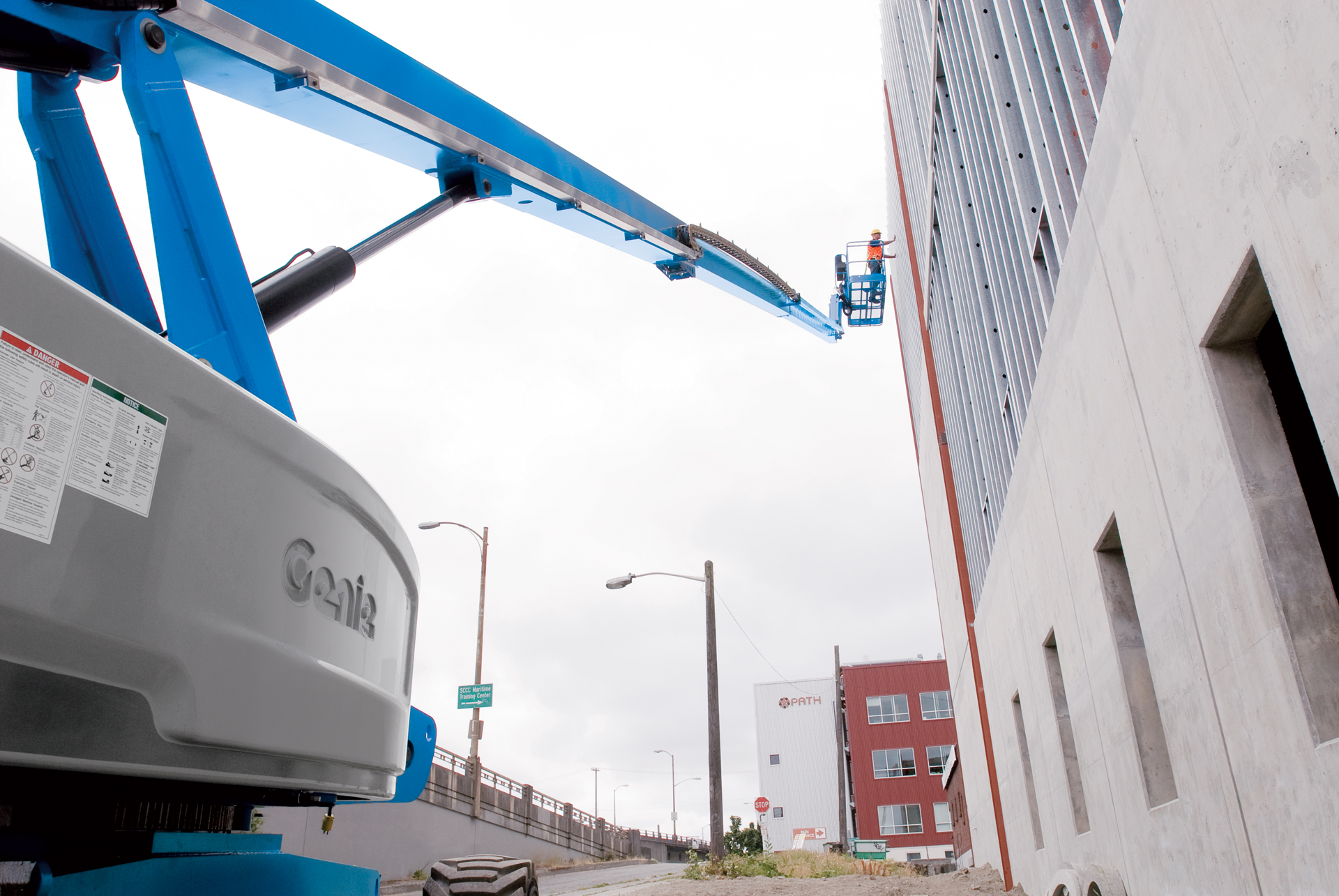OSHA National Safety Stand-Down 2018: 10 Safety Tips for Operating Aerial Work Platforms on the Jobsite
by Scott Owyen - Director of Training On May 8, 2018, 03:00 AM
Subscribe To Aerial Pros
Filter by tags
At Genie, our number one priority is to provide safe, productive aerial work platforms for our customers. Once the equipment is in the field, operators must follow the prescribed operating practices outlined in our manufacturer’s recommended guidelines to keep the equipment working safely and productively.
The best way to reduce the risk of incidents from happening while operating an aerial work platform on a jobsite, operators should know and follow these 10 tips as a minimum for safe work practices:
- Receive proper training (both general training and hands-on practical training) on, as well as become familiar with, the exact aerial work platform you will be operating. This includes thoroughly reading the operator’s manual and safety signs on the machine, as well as understanding the function and location of all safety devices and controls before beginning operation.
- Read, understand and obey all of your employer’s safety rules and worksite regulations, as well as any applicable local, governmental or provincial regulations that apply before operating the machine.
- Perform a pre-operation inspection and function tests on the equipment before each shift. If the machine fails any of these inspections or tests, make sure it is immediately tagged and removed from service until it can be repaired by a qualified service technician.
- Perform a workplace hazard assessment prior to moving machine to the jobsite. Look for hazardous situations such as drop-offs and holes, slopes, slippery or unstable surfaces, overhead obstacles, power lines and any other hazards that may exist and develop a plan to avoid those hazards through all phases of machine operation.
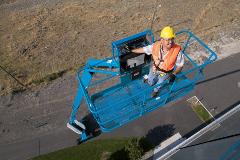 Wear the proper fall protection and always connect them to the designated anchor points. A properly fitted full body harness and appropriate lanyard or self-retracting lifeline will reduce the potential for an operator being catapulted from the platform of a boom. The impact at the base of the machine can translate into a sudden and powerful whiplash at the platform — if this happens, wearing the proper fall protection may reduce the chances of serious injury or even death.
Wear the proper fall protection and always connect them to the designated anchor points. A properly fitted full body harness and appropriate lanyard or self-retracting lifeline will reduce the potential for an operator being catapulted from the platform of a boom. The impact at the base of the machine can translate into a sudden and powerful whiplash at the platform — if this happens, wearing the proper fall protection may reduce the chances of serious injury or even death.- Only raise the platform on firm level surface. If the level alarm sounds, it means you need to move it to a level surface before elevating the platform. If you are already elevated when the alarm sounds, immediately lower the platform and move to a firm level area.
- Never elevate the platform in close proximity to energized powerlines. Always refer to the manufacturers safety information on the machine and in the operators manual for minimum safe clearance information.
- Do not sit, stand or climb on the platform guardrails. Operator should maintain a firm footing on the platform floor at all times. If an operator is required to reach an overhead work area that is too small for the platform guardrails to allow access to, determine if the selected aerial work platform is the right one for the job. Alternatively,the use of a manufacturer-approved device, specifically designed to provide additional access to confined spaces is recommended.
- Do not exit an elevated boom or scissor lift platform unless you have been properly trained to do so, maintain 100 percent tie-off at all times and are in possession of an approval letter from the manufacturer that provides the proper guidance.
- Do not climb down from the platform when it is raised. Whenever possible, keep a cell phone or two-way radio with you while you are in the platform and always have a rescue plan in place in the event that the secondary lowering system (i.e. emergency lowering system) system malfunctions.
Be sure to follow these simple, safe operating tips to keep your aerial work platform performing productively day in and day out, from one application to another.
Related Posts
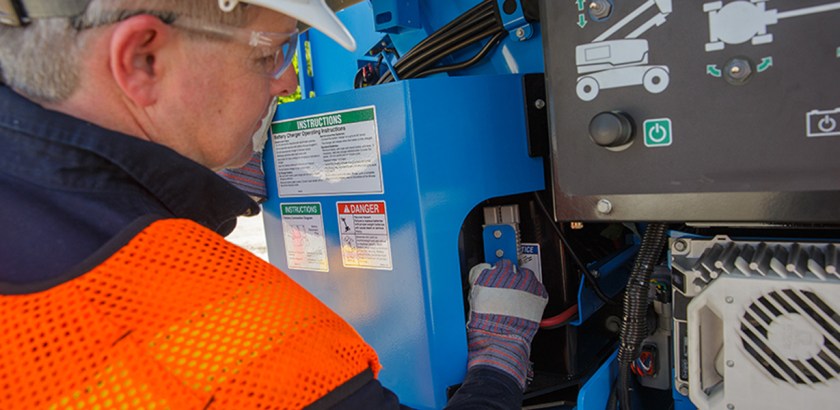
National Safety Stand-Down 2017: The Importance of Performing Inspections and Functions Tests Before you Begin Your Workday
Performing inspections and function tests is a crucial part of safe work practices when operating any aerial work platform equipment.
Continue Reading
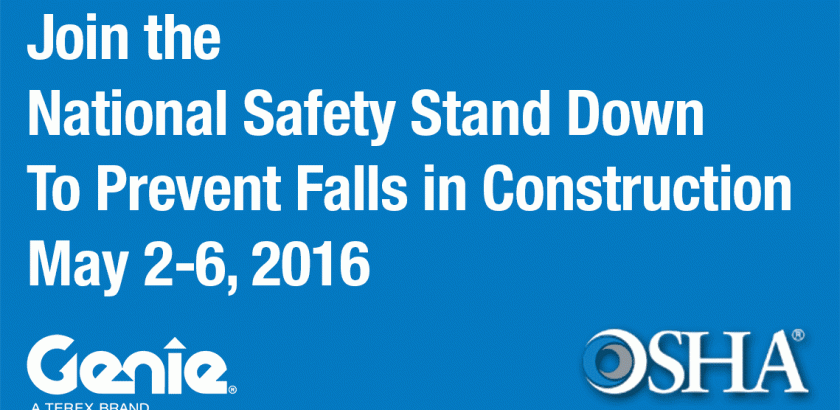
Genie Joins OSHA’s National Fall Prevention Stand-Down Efforts
The number one priority on any aerial jobsite should be to promote a safe workplace for both the operators and the people around them.
Continue Reading
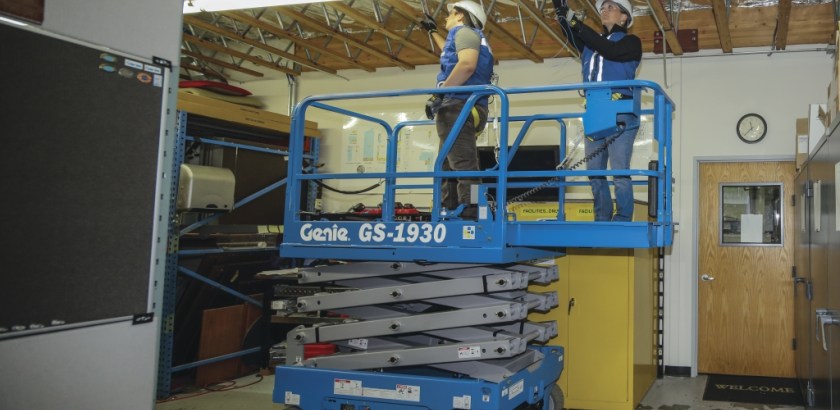
OSHA National Safety Stand-Down 2018: What is the difference between “familiarization” and “general training?”
One of the most frequently asked questions we get in the training department at Genie is “what is the different between ‘familiarization’ and ‘general training’ for aerial work platforms?”
Continue Reading


